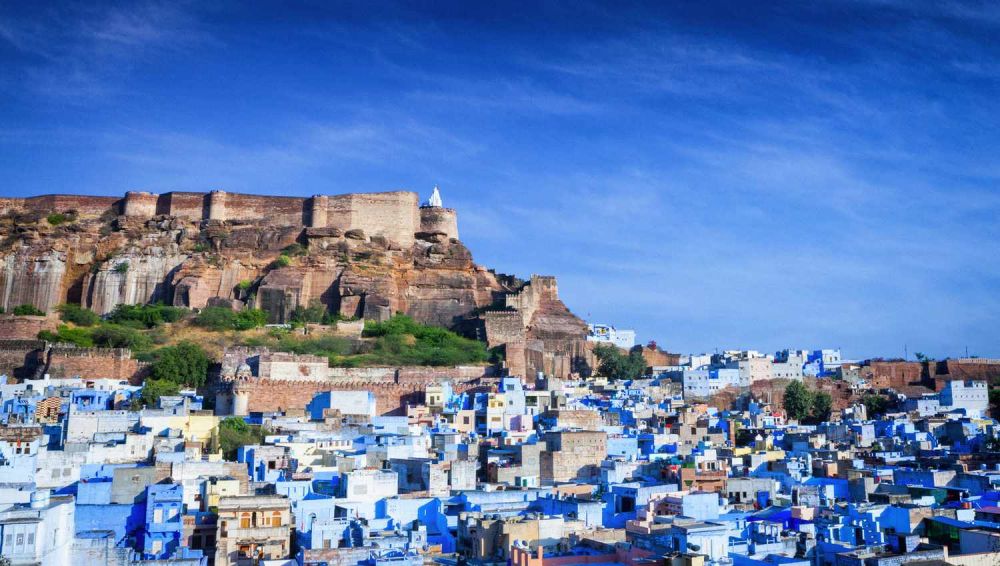

Jodhpur, the second-largest city in Rajasthan, India, is steeped in history and culture, making it a fascinating destination for travelers from around the world. Known as the "Blue City" due to the vivid blue-painted houses around the Mehrangarh Fort, Jodhpur's history of tourism is as colorful as its landscapes.
Tourism in Jodhpur began to gain traction in the early 20th century when the region was under the rule of the princely state of Marwar. The construction of Jodhpur's Umaid Bhawan Palace, one of the world's largest private residences, completed in 1943, set a precedent for grandeur and luxury that would eventually draw tourists to the city.
Mehrangarh Fort, built in 1459 by Rao Jodha, has been central to Jodhpur's tourism. Overlooking the city, the fort is a magnificent example of Rajput architecture and has been meticulously preserved. Visitors are attracted to its grand palaces, museums, and galleries, which exhibit the splendor of Rajasthan's royal history.
The concept of heritage hotels, where royal palaces and estates were transformed into luxurious accommodations, has been pivotal in Jodhpur's tourism history. These hotels offer tourists a chance to experience the royal lifestyle, attracting a niche clientele seeking authentic and opulent experiences. The Umaid Bhawan Palace Hotel and Ajit Bhawan are prime examples, offering a blend of historical charm and modern-day luxury.
Jodhpur's rich cultural heritage is showcased through festivals such as the Marwar Festival and the Jodhpur RIFF (Rajasthan International Folk Festival), both of which attract thousands of visitors annually. These events play a significant role in promoting Jodhpur's tourism by offering a glimpse into the region's artistic, musical, and cultural dynamism.
In recent years, there has been a significant surge in experiential tourism in Jodhpur. Travelers are increasingly seeking out activities that offer deeper cultural immersion, such as cooking classes, village safaris, and participation in local crafts and traditions. Eco-tourism has also begun to take root, with many accommodations emphasizing sustainability and conservation.
With the advent of digital media, Jodhpur's tourism has received a significant boost. Social media platforms have allowed travelers to share their experiences, thereby enticing a global audience through visual storytelling. The allure of the Blue City's charm has been amplified through online travel blogs, Instagram, and travel vlogs.
While the city has seen consistent growth in the tourism sector, it also faces challenges such as over-tourism and the preservation of its historical sites. Going forward, Jodhpur aims to balance growth with sustainability, ensuring that its tourism industry thrives without compromising its cultural integrity or the environment.
Jodhpur's journey in the realm of tourism has been transformative, evolving from a quiet desert city to a top-rated tourist destination. With its blend of historical fortresses, royal heritage, cultural festivities, and immersive experiences, Jodhpur continues to charm visitors with its timeless beauty and vibrant spirit.